Actions that damage the "home" of marine life
Exploring the magical beauty of corals under the sea is a passion and love of many tourists. Vietnam's seas have many areas where corals live and develop into a diverse population, including: Phu Quoc Island (Kien Giang), Cat Ba (Hai Phong), Ha Long Bay (Quang Ninh), Hon Chong (Nha Trang, Khanh Hoa)... These seas are all attractive destinations for tourists who love diving.
When the tide recedes in the evening, especially on a full moon day, the coral reefs will be clearly visible. Many curious locals and tourists wade far from shore to see the corals, play with them, and trample on them, affecting the marine ecosystem and coral reefs in this area.
In mid-May 2025, a nearly one-minute clip was shared on social media with the content: "No need to go far, no need for a tour, you can still see fish and coral right at Hon Chong beach, Nha Trang" attracting many views. The clip recorded the scene of a male TikToker diving, filming close-ups of coral, sea urchins and fish swimming in the clear water. This person said that Hon Chong is a familiar "check-in" spot "but few people know that you can dive to see fish right here". This clip quickly met with many objections. Many people are concerned that popularizing images of diving to see coral will encourage spontaneous activities, negatively affecting the marine ecosystem, especially when this area has a strictly protected coral reef.
The Nha Trang Bay Management Board has promoted and asked the male TikToker to learn from his experience and called on the community to join hands to protect the coral reefs that are actively recovering in the Hon Chong area. According to the Nha Trang City government, along Pham Van Dong Street - the section close to Hon Chong beach - there are warning signs prohibiting entry into areas with coral reefs, seagrass beds and prohibiting fishing. Violations can be subject to administrative fines of 50 to 100 million VND.
Some tourists also come here to pry off corals, bring them home to make miniature landscapes, and serve the aquarium business; anchoring boats and fishing in protected areas and especially the low awareness of tourists also contribute to the damage to corals.
In fact, many people do not know that corals are living creatures and the increased demand for them has driven the destruction of this ecosystem. In a travel program broadcast on singer Q's personal YouTube channel, there is an image of him and singer P. sitting on a coral reef. While diving, their feet touched the coral branches at Gam Ghi Island (Phu Quoc, Kien Giang). In Ganh Yen (Thanh Thuy village, Binh Hai commune, Binh Son district, Quang Ngai), a group of people came here to see the coral, then dug it up and put it in plastic bags to take home.
A representative of the Nha Trang Bay Management Board hopes: “We hope that every resident and tourist will become an active propagandist, not illegally encroach on the coral reef, limit contact when diving and equip themselves with the necessary knowledge. The cooperation from the community will help protect the precious natural values that Nha Trang is striving to preserve.”
In addition to the fact that some tourists accidentally or intentionally damage coral reefs, the phenomenon of coral bleaching and mass death is also due to climate and nature. The Con Dao National Park Management Board was worried when a part of the coral area in sea areas such as Con Son Bay, Hon Bay Canh, Hon Cau... was experiencing bleaching and death at an alarming rate. Previously, many tourists after participating in the coral diving service at the exotic island tourist destination Hon Seo in Nhon Ly commune, Quy Nhon city were disappointed because the coral reefs in this area were almost absent.
Coral reef degradation is the result of many factors. Among them, factors such as global warming, storms, and outbreaks of pests greatly affect the health of the ecosystem. It is known that the ideal living temperature for coral ranges from 24 to 30 degrees Celsius. Meanwhile, the bottom water temperature of the Con Dao sea area recorded by authorities reached 31 degrees Celsius, suspected to be due to the influence of the El Nino phenomenon, which causes the bottom water to heat up. The high sea temperature causes corals to expel algae living in their tissues, causing the bright colors to disappear, causing bleaching. For Nha Trang Bay, the results published in 2020 showed that the rate of bleached hard corals was up to 39.5%.
Need to raise awareness of community and tourists
Coral reefs are one of the most diverse ecosystems in the ocean. The beauty of coral is unforgettable to anyone who has seen it. Corals have a fascinating, colorful beauty. There are branched corals that look like deer antlers, hard corals that form clusters that radiate like church roofs, some clusters that spread out on the bottom like wood ears, and some species that release silk threads to catch prey that flutter like the flowing hair of a fairy...
The real value of coral reefs - also known as undersea rainforests - is much greater than their beautiful appearance. Coral reefs are like forests on the seabed, with many layers and large coverage, providing shelter and breeding grounds for benthic organisms and fish. Corals also bring many economic benefits to humans: coastal protection, tourism and habitat for fisheries... Therefore, if coral reefs are seriously degraded, it will lead to a decline in benthic animal and fish resources. It takes thousands, even millions of years for a "healthy" coral reef to survive. If an area is "bleached", the coral may never recover.
Current status of coral reefs at Hon Chong. (Photo: Nha Trang Bay Management Board) |
Associate Professor Dr. Nguyen Chu Hoi, a leading expert on marine environmental resources, commented: “The coral diving tourism service market has developed early and is hot but lacks institutionalization, lacks good monitoring and control tools. There are many spontaneous diving services - trial diving tours that do not require diving certificates and do not comply with regulations on coral protection, allowing guests to trample on corals or the number of guests gathering at one place is too large, causing the coral to be almost flattened after a period of time. Coral conservation is greatly affected, leading to serious degradation. This is a problem that has been warned about before.”
According to a conservation expert, the immediate solution is to temporarily close degraded coral reef areas and strictly protect areas where coral still exists. Scientists need to monitor the self-recovery process of coral reefs to make conservation recommendations; absolutely prohibit trampling on coral, anchoring boats and fishing in protected areas.
To best protect corals, not only should we regularly monitor, patrol, and supervise coral protection areas (we can install cameras and put up signs), but authorities should also strengthen propaganda and education on community awareness at tourist reception points and travel agencies. At the same time, we need comprehensive management measures to manage coastal waste dumped into the sea and clean up trash on coral reefs.
Travel agencies need to guide tourists on codes of conduct for environmentally friendly travel, sign a commitment to comply with regulations when participating in tourism activities and accept penalties for violations.
In particular, many travel experts recommend that when diving to see coral, tourists should avoid touching or even slightly impacting the coral reef. Scientists recommend that tourists and divers should keep their distance from coral because simply using oxygen tanks or searching for shells can stir up sediment and suffocate coral. Even dead or discolored corals should not be touched because they are often a shelter for other marine species. Tourists should stop at a distance of 20 - 30cm to look at or take pictures of coral reefs. Boats can also cause serious damage to coral reefs in shallow water. If tourists use a private boat, protect the coral by using an anchor line or only dropping the anchor in sandy areas.
According to Decree No. 38/2024/ND-CP of the Government, a fine of 50 - 100 million VND shall be imposed on acts of destroying aquatic resources, aquatic ecosystems, concentrated aquatic breeding areas or concentrated aquatic habitat areas; destroying the habitat of aquatic species on the list of endangered, precious, and rare aquatic species...
Bao Chau
Source: https://baophapluat.vn/dung-tan-pha-san-ho-post550330.html


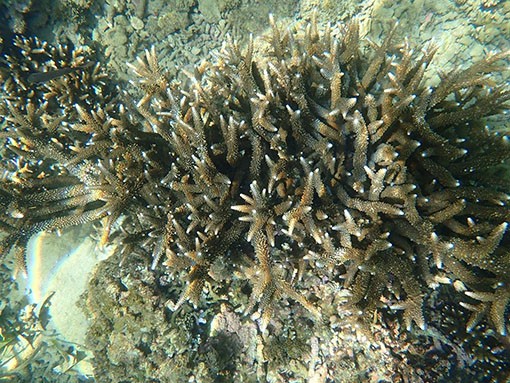


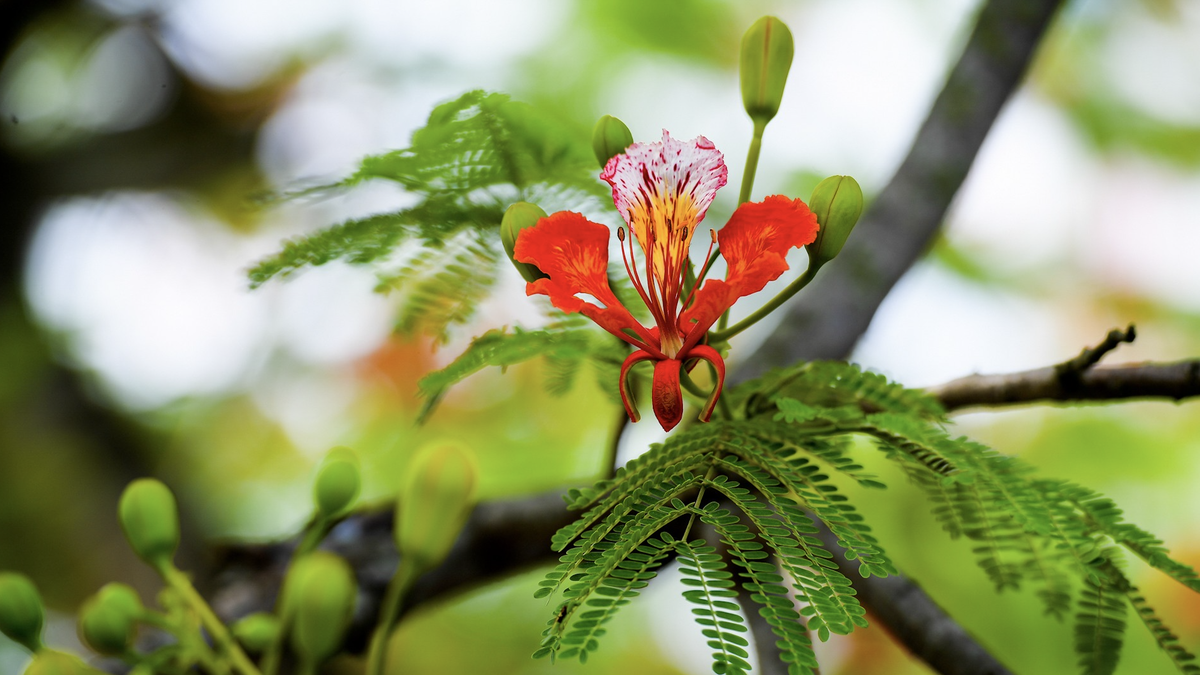



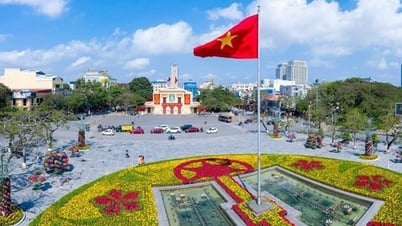

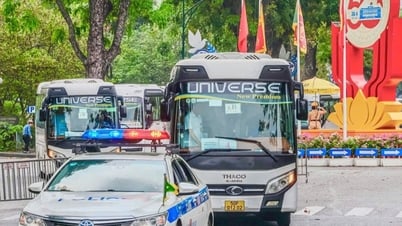


















































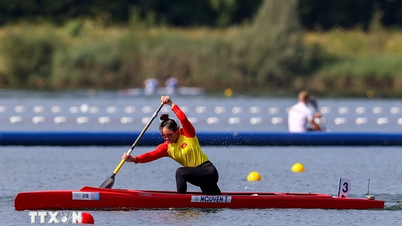




















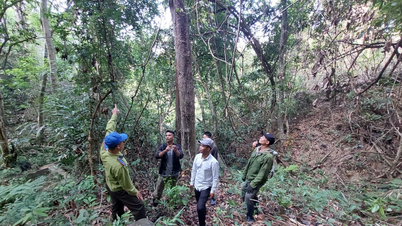












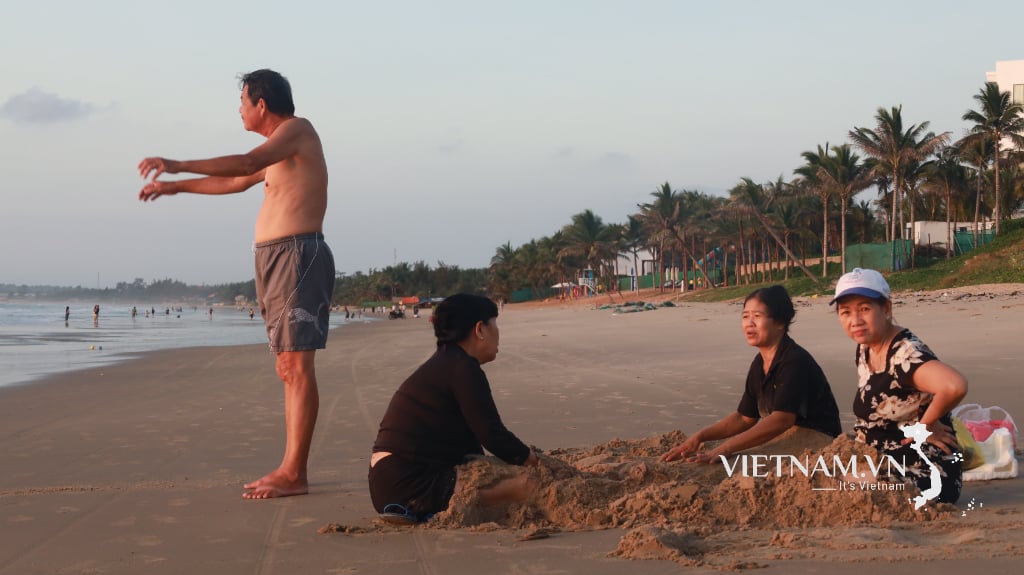



Comment (0)